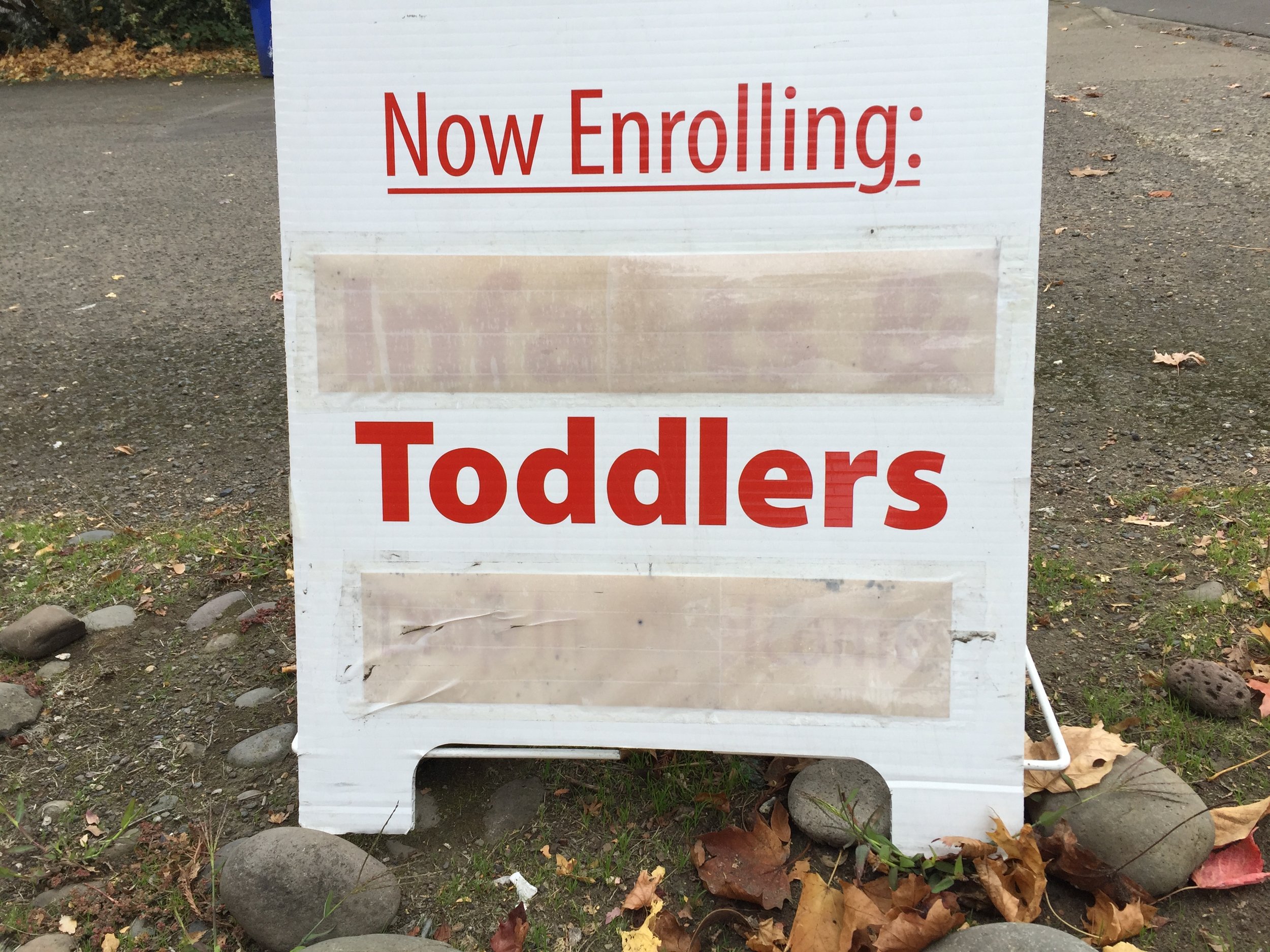Brand Storytelling In graphic detail
I recently had the privilege of talking about brand storytelling at the 2017 Built Up Festival in Portland, Oregon. The gist of my message was that brands don’t just have stories, they are a story.
The conference organizers, from their founts of infinite creativity, arranged to have an artist translate my presentation into a visual representation in realtime. This is what she came up with!
There’s a lot here, but I a few things jumped out to me:
1. The upper left it reads, “You Get a Story” three times. I’m struck by the repetition the artist employs. What did she want us to take away from it? Here’s my guess: good stories immerse our senses. We lose ourselves in them. Getting a story actually means the story got us. We got gotten!
2. Two overlapping circles appear on the middle-right of the page. The artist labelled one circle “You” and the other “Them”. She nailed it! Consumers, employees, investors, or whichever audience we’re trying to reach, connect with our brand story because our brand story and their story share key narrative elements. Our struggle is their struggle. Our idea of a hero mirrors their idea of a hero, etc.
3. “The Struggle Bus” runs along the bottom of the image. I talked about how important it is for us to understand the struggles people face, but since I never talked about a Struggle Bus, I have no idea what the artist has in mind. There's even a Captain Struggle Bus. Even though I don't understand the reference, it's got me thinking, which is the whole point.
Seeing it in this form makes me think about these concepts in a fresh way. Special thanks to the artist (I’m sorry I didn’t get your name) and Built Oregon for inviting me.
If brand storytelling interests you, check out The Narrative Mind, my new pod-class series that I launched this week.
The Spectrum of Engagement
Welcome to Get Gotten. This series explains and explores the ultimate form of engagement—Resonance. Each entry in this series includes an explanation of a key concept that helps you build resonance with the people you seek to engage. I also provide an application for the concept that you can put into practice. If you haven’t already, sign up for my mailing list to have this series delivered directly to your inbox.
We all want to engage people. Whether we’re trying to get another individual or team on board with our initiative, or we’re trying reach our customers, clients, and stakeholders, we have the same goal in mind — engagement.
But engagement is not engagement is not engagement.
Merely getting someone’s attention isn’t sufficient. Without knowing it we can settle for something less than the kind of engagement that truly affects the people we want to reach.
Engagement exists on a spectrum. At the beginning of my free ebook, The Narrative Thinking Framework, I include The Spectrum of Engagement. In it I highlight five kinds of engagement.
The Spectrum of Engagement arose from a conversation I had more than fifteen years ago with a small group of teenagers in which they raved about a motivational speaker that came to their high school. He used humor and powerful stories to sustain the attention of hundreds of high school students for about an hour. Not an easy task.
This is why I was surprised when they said they weren’t moved at all by the speaker’s message. They were just entertained. In other words, the speaker, though he was able to keep their attention, fell short of resonance.
Resonance is the experience of getting gotten by another person.
Resonance can take place directly between people, such as an exceptional customer experience at a restaurant. We can also experience resonance through the things we use each day, like an easy-to-use app that alleviates stress during our daily commute. Thank you, Waze!
Everything you do, say, and make communicates something. This means that everything is an opportunity to create resonance. But in order for people to get gotten you need to understand them at least as well as they understand themselves. Your ability to create resonance depends on it.
Simply put, the way you communicate reveals how well you know and care for the people you seek to engage.
So how well do you know the people you’re trying to reach? And how can you know them better?
A simple question can yield deep insights. One question that I ask in my Unfocus Groups is:
What do you consider a good day?
Pose this question, or one like it, to the people you’re trying to engage. You’ll gain insights that help you deepen your connection with them and make it more likely that they will get that you get them.
Resonance is the most transformative kind of engagement. Remember the motivational speaker I mentioned? Don’t be satisfied with getting people's’ attention. We can do better.
Let’s put this into practice.
- Select the person or group of people you most want to engage.
- Rate your knowledge of this audience on a scale of 1 to 5, where 1 is “I hardly know them” and 5 is “I know them very well”.
- Identify one thing you can do to deepen your understanding of your audience.
- Identify one thing you can do to communicate that you know your audience.
Let me know how this goes, or if you have any questions. And if you haven’t already, sign up for my mailing list to receive the next entry in the Get Gotten series.










